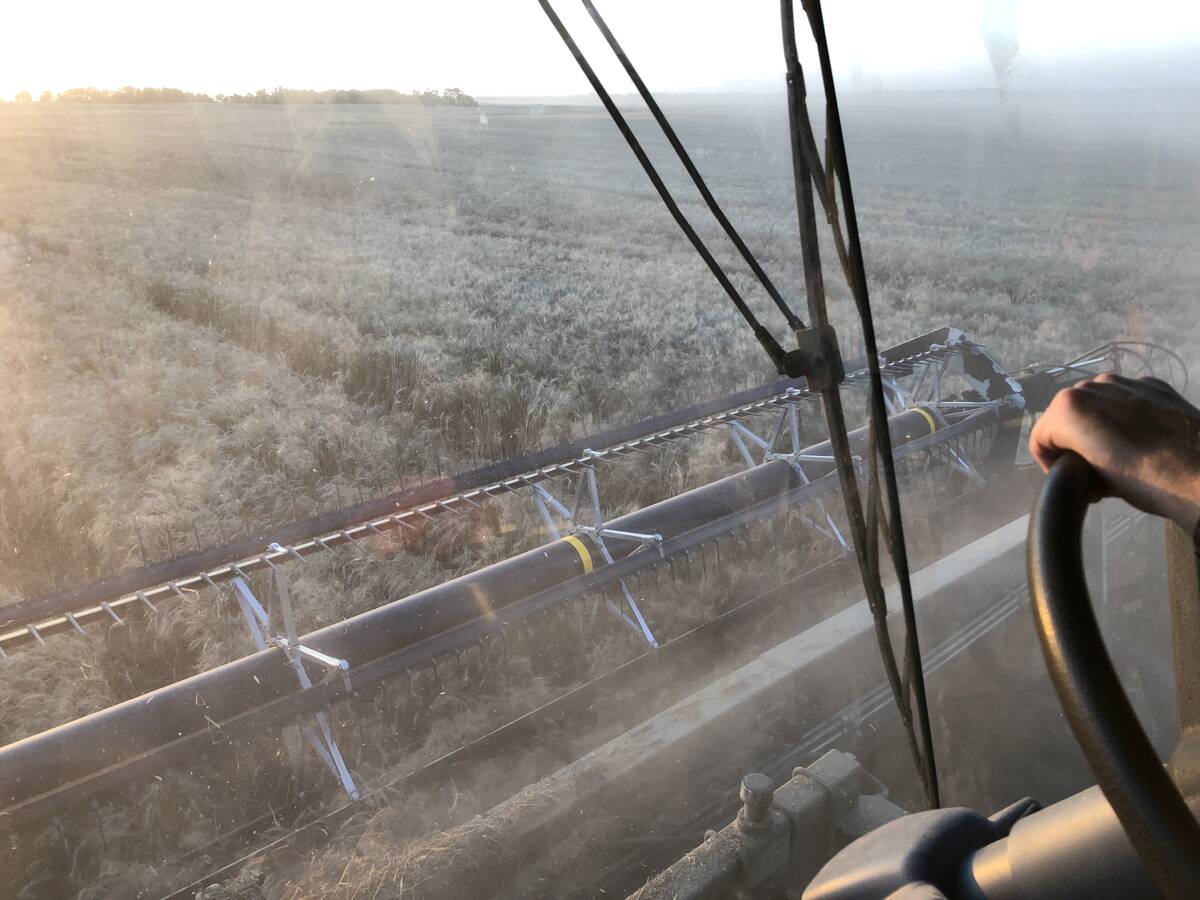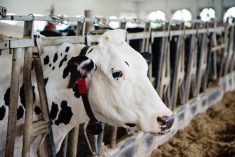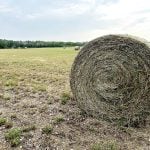The Canadian Forage and Grassland Association (CFGA) set up five years ago to help Canada’s struggling forage and grassland industry is struggling itself, but vows to carry on despite a shortage of funds and the resignation of its executive director, Ron Pidskalny.
“Nobody is saying we’re going to have to shut it down,” CFGA chair and Irricana, Alta., rancher Doug Wray, told the association annual meeting here Nov. 19.
Pidskalny, who took on the job as part of his consulting business, realized the CFGA couldn’t continue to pay him, Wray said later in an interview.
Read Also

Mail strike disrupts grain sample delivery
The Canadian Grain Commission has asked farmers to consider delivering harvest samples directly to CGC offices, services centres or approved drop offs as Canada Post strike delays mail.
The CFGA will have around $3,000 in its bank account by year’s end, Pidskalny told the meeting.
The Canadian Cattlemen’s Association (CCA), which contributed $20,000 a year to help fund the CFGA the past three years, decided earlier this year not to continue the funding, Pidskalny said.
“Our total expenses have increased substantially this year… and our net income has dropped substantially,” he added.
Pidskalny said part of his job was to find funding for the CFGA, but much of his time was spent administering the umbrella organization, representing provincial forage associations nationally.
“Our mission and vision is to support those who make a living with forages and grasslands and to give forages a voice in Canada,” Pidskalny said.
Wray said the CFGA will approach the CCA again for funding. The CCA is working on a national beef strategy and the CFGA should be part of the plan, he said.
“We’ll be suggesting that they (CCA) harness the horsepower of this room,” Wray said. “It would be a much more efficient and cost-effective way to do it. We’re going to try and re-establish a much better partnership relationship with CCA.”
The CFGA has been operating five years and has a number of accomplishments it can point out to the CCA, Wray said.
Meanwhile, Dairy Farmers of Canada said it will continue contributing $10,000 to CFGA so long as its representative on CFGA’s board says it’s worthwhile, Pidskalny said.
At 32 million acres, forage occupies 39 per cent of Canada’s cultivated land — more than any other crop. And it generates $5.1 billion in economic activity, plus another $13 billion in ecological benefits from cleaner water to wildlife habitat.
But unlike most crops, forages don’t have a checkoff to fund research or crop promotion. And because forage is mostly consumed on the farm that produced it a checkoff isn’t practical.
Look for more reports form the CFGA’s annual meeting in next week’s Manitoba Co-operator.














